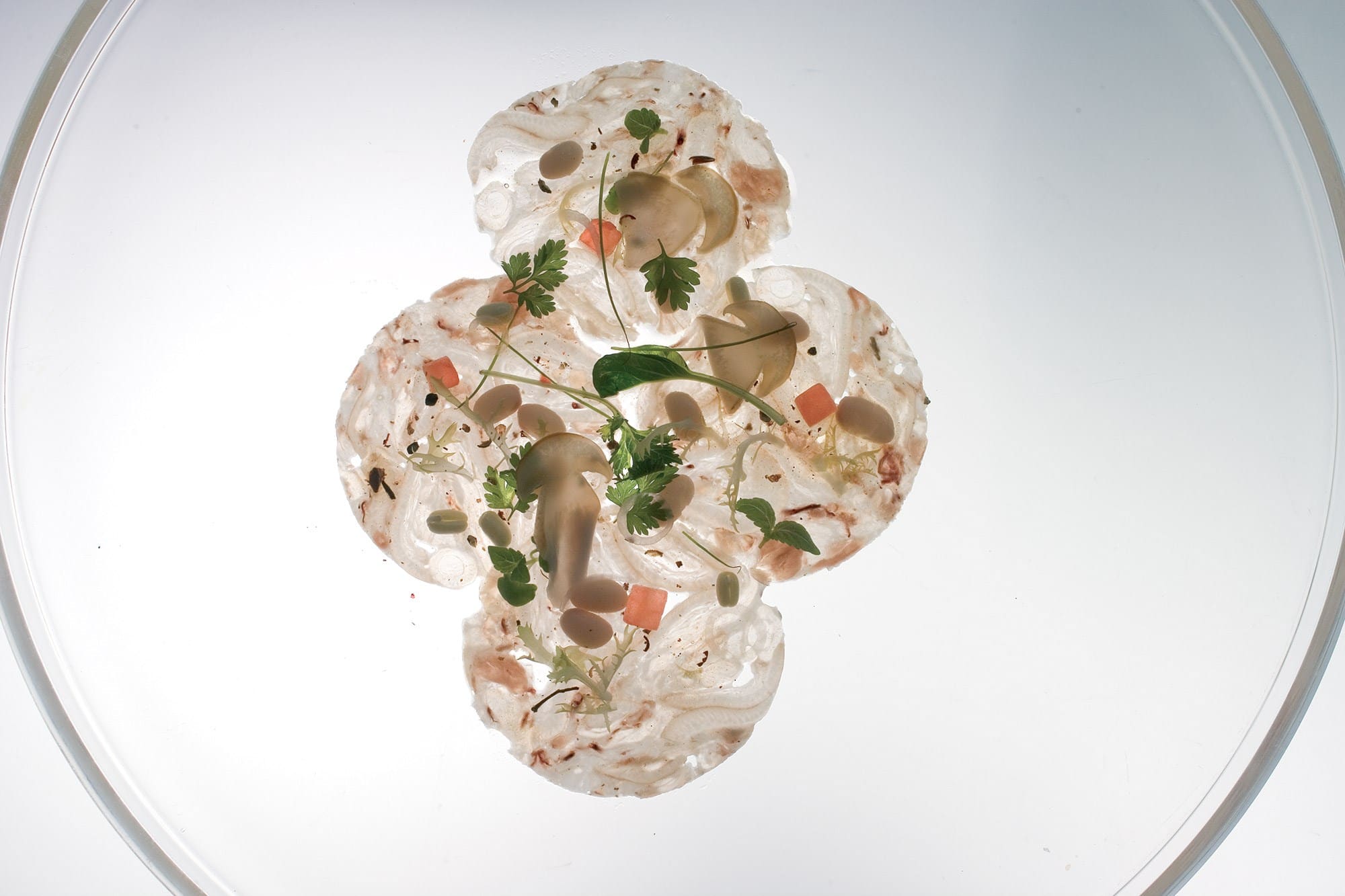The Roca brothers have been at the forefront of high gastronomy for over three decades, ever since chef Joan and sommelier Josep opened their restaurant El Celler De Can Roca, next to their parents bar in Girona. Their younger brother, Jordi, would join them on pastry later and together the three brothers have crafted one of the most exquisite and sought after dining experiences (the waiting list often stretches to a year) on the planet. Twice named World’s Best Restaurant at The World’s 50 Best Restaurants, El Celler de Can Roca has held three Michelin stars since 2009.
It’s a restaurant that’s constantly evolving. Right now, Joan tells us, he and his kitchen team are studying sous vide broths, playing with fermentation, exploring ancestral cooking techniques and working on brewed drinks and liquors using local wild herbs, flowers and fruit. Meanwhile, over on pastry, Jordi Roca is working on “a new way to present and serve chocolate in our dining room, a new and spectacular dessert chariot,” he teases.
However, it’s also a restaurant that isn’t afraid to refer to or celebrate its past. Here, Joan and Jordi Roca tell us about the dishes that have meant the most to them over the years – their own inspirational dishes.
All images: El Celler de Can Roca (click on the images to enlarge).















